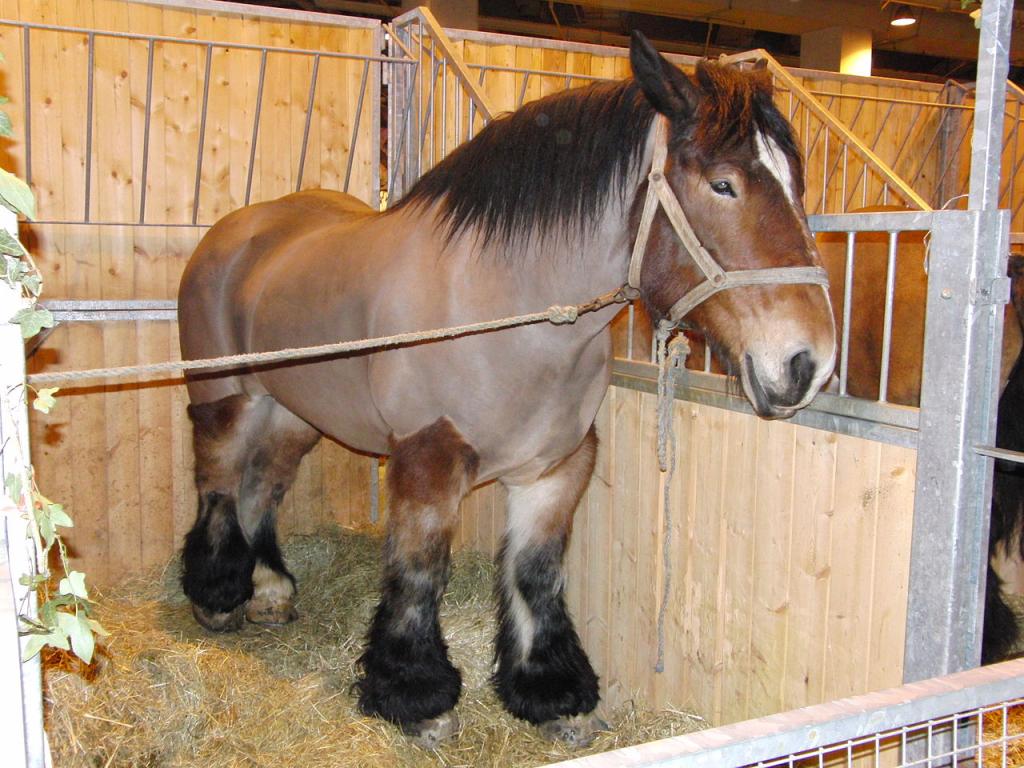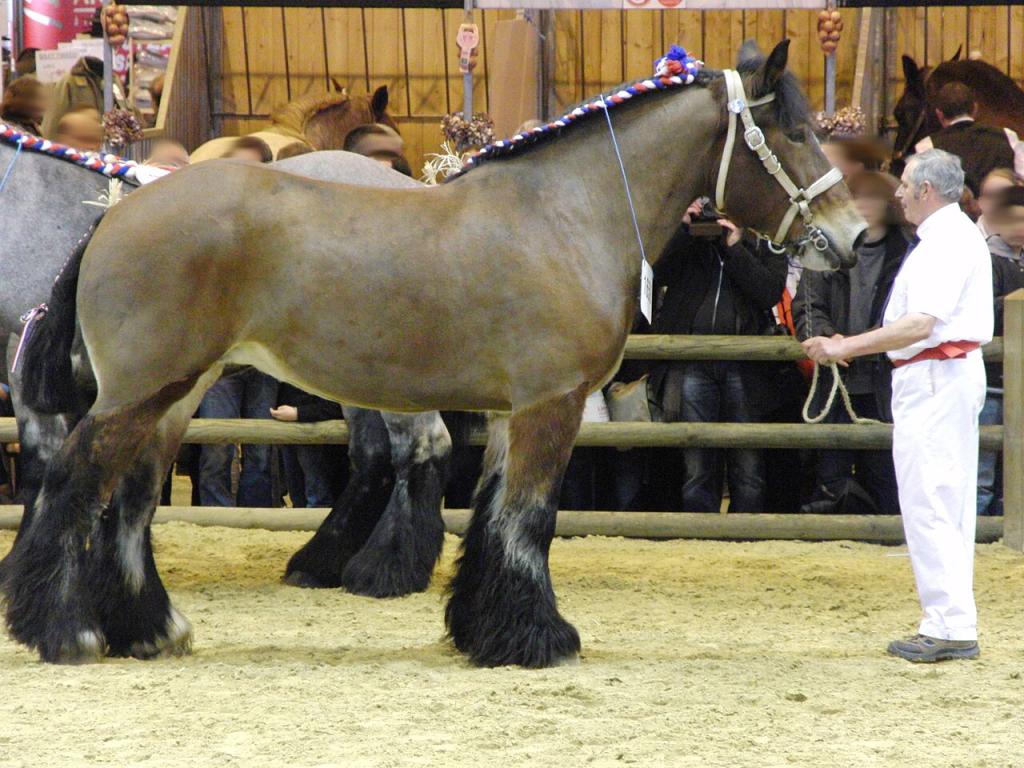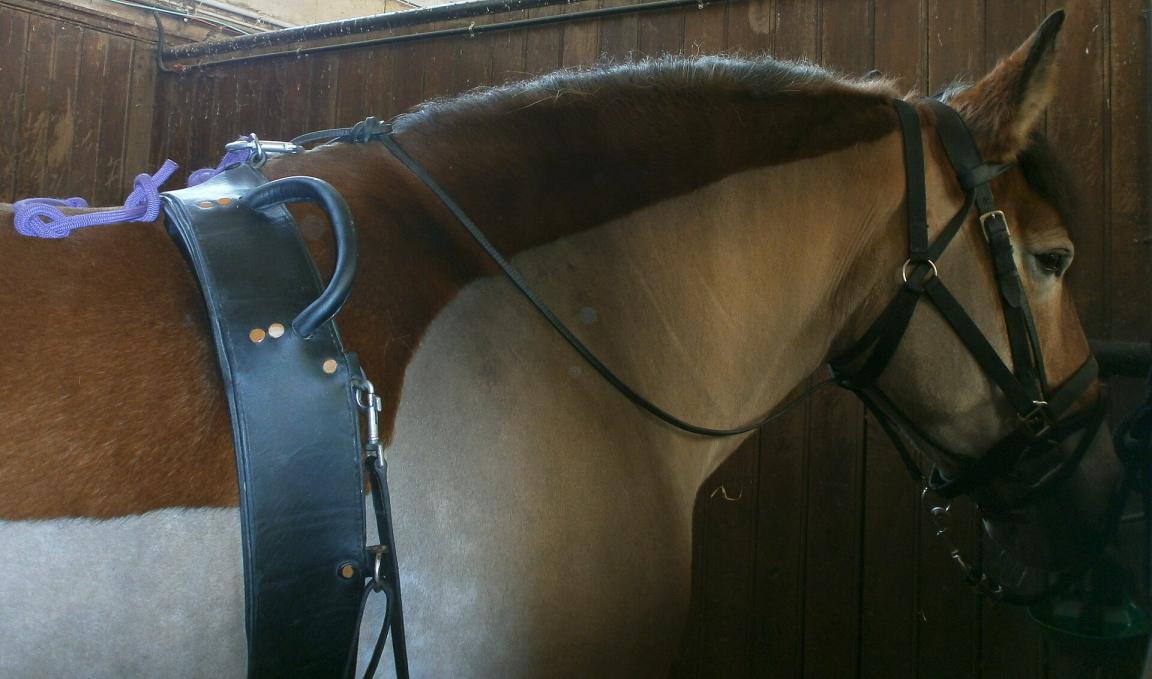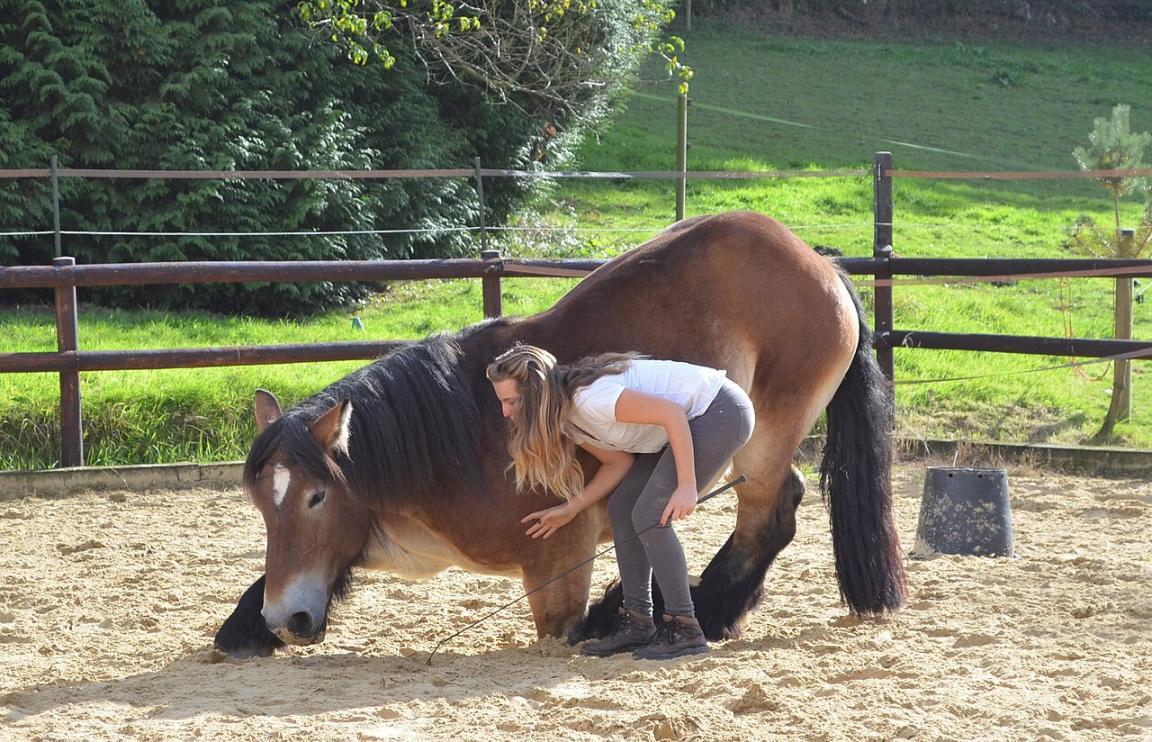
Continent: Europe
Country: France
Weight: 700 – 1100 kg
Height: 160 – 175 cm



The Trait du Nord is a native French breed, originating from the fertile plains of Nord–Pas-de-Calais and French Flanders. Its development dates back to the 19th century, during an agricultural context marked by the need for a heavy draft horse capable of working the deep and demanding clay soils of the region.
It descends mainly from the Ardennes horse, with contributions from Belgian Brabant and Boulonnais horses, which strengthened its size and power. The Trait du Nord was thus selected as a horse for agricultural and industrial traction, becoming a true symbol of regional breeding.
Its creation is also the result of a strong cultural identity: it embodies the strength, hardiness, and rural traditions of Northern France, while sharing a close kinship with neighboring Belgian draft breeds.
The Trait du Nord originates from the fertile plains of Nord–Pas-de-Calais and French Flanders. These territories, with their heavy clay soils and humid climatic conditions, shaped a particularly powerful and resilient draft horse.
Due to its proximity with Belgium, the Trait du Nord was long bred in border areas, closely linked with Brabant horses. Some genetic exchanges contributed to its morphological consolidation.
Today, breeding is mainly concentrated in Hauts-de-France, with a small number of breeders committed to preserving the breed. The Trait du Nord is now primarily valued in:
The Trait du Nord is one of the few preserved French breeds of heavy draft horses. It represents a living heritage closely linked to Hauts-de-France and French Flanders, constituting a valuable genetic resource for the diversity of European horse breeds.
Descended mainly from the Ardennes horse and the Belgian Brabant, the Trait du Nord inherited:
These qualities make it a robust and versatile horse, well-suited to humid climates and heavy soils.
The Trait du Nord can be used to strengthen certain bloodlines through:
Now considered an endangered breed, the Trait du Nord contributes to the preservation of genetic diversity among draft horses. Its conservation is essential to maintain a broad genetic base and to prevent the erosion of traditional lines.
The Trait du Nord descends from the Ardennes horse, one of Europe’s oldest draft breeds, crossed in the 19th century with the Belgian Brabant and, to a lesser extent, the Boulonnais. The goal was to create an even larger, heavier, and more powerful horse, capable of working the heavy clay soils of Northern France and Flanders.
In 1903, the Stud-book of the Trait du Nord was officially opened, marking recognition of the breed as a distinct entity, even though its roots remained closely tied to the Ardennes and Belgian horses. From then on, the Trait du Nord was selected for its impressive size, draft strength, and docile nature—qualities essential for agricultural and industrial work.
Between 1900 and 1950, the Trait du Nord experienced its heyday. It was widely used for:
It became the emblematic horse of the region, admired in fairs and competitions for its strength and prestige.
From the 1950s onward, the rise of agricultural and industrial mechanization led to a sharp decline. Like many draft breeds, the Trait du Nord saw its numbers drop dramatically. Its survival was ensured only by the perseverance of a few dedicated breeders and genetic conservation programs.
Since the 1980s, several initiatives have aimed to rehabilitate the Trait du Nord through:
Today, even though it remains classified as an endangered breed, the Trait du Nord is recognized as a strong regional symbol and an essential link in the diversity of French draft horses.
The Trait du Nord is known for its exceptional docility. It is calm, patient, and easy to handle even for less experienced handlers.
Despite its massive build, it maintains good energy and a steady willingness to work. Its impressive strength does not prevent it from having regular and steady gaits, well-suited to traction.
In herds or at pasture, it shows a sociable and peaceful nature, integrating easily with other horses. This makes it well-suited to community environments such as farms or public events.
The Trait du Nord is an enduring and robust horse, capable of working long hours without tiring excessively. Its longevity makes it a reliable companion for work or leisure over many years.
“The Trait du Nord embodies quiet strength: powerful in effort, yet gentle and reassuring in daily life.”
The Trait du Nord is today classified among endangered breeds in France. Its survival relies on the efforts of breeders, associations, and institutions (such as the IFCE and regional associations) working to maintain a sufficient breeding stock and sustainable genetic diversity.
In the context of a return to eco-friendly agricultural practices, the Trait du Nord is regaining a role in:
Thanks to its docility and impressive presence, the Trait du Nord is increasingly used for:
The breed faces several challenges:
The future of the Trait du Nord depends on its ability to be revalorized in modern uses (agroecology, tourism, sport driving) and to be supported by preservation programs. With stronger promotion of its cultural and ecological role, this breed could become a symbol of sustainable traction in the 21st century.
The Trait du Nord is renowned for its solid constitution. Bred for farm and draft work, it has a massive bone structure, strong muscles, and good resistance to common draft horse diseases.
Like many heavy draft breeds, its imposing build can cause:
Due to its tendency to gain weight easily, the Trait du Nord may develop laminitis (hoof inflammation) or equine metabolic syndrome, especially if overfed with rich diets.
No specific hereditary disease has been strongly identified in the breed. However, the small current population requires careful monitoring against inbreeding, which could increase the risk of genetic weaknesses.
Regular care is essential to preserve the health of the Trait du Nord, including: